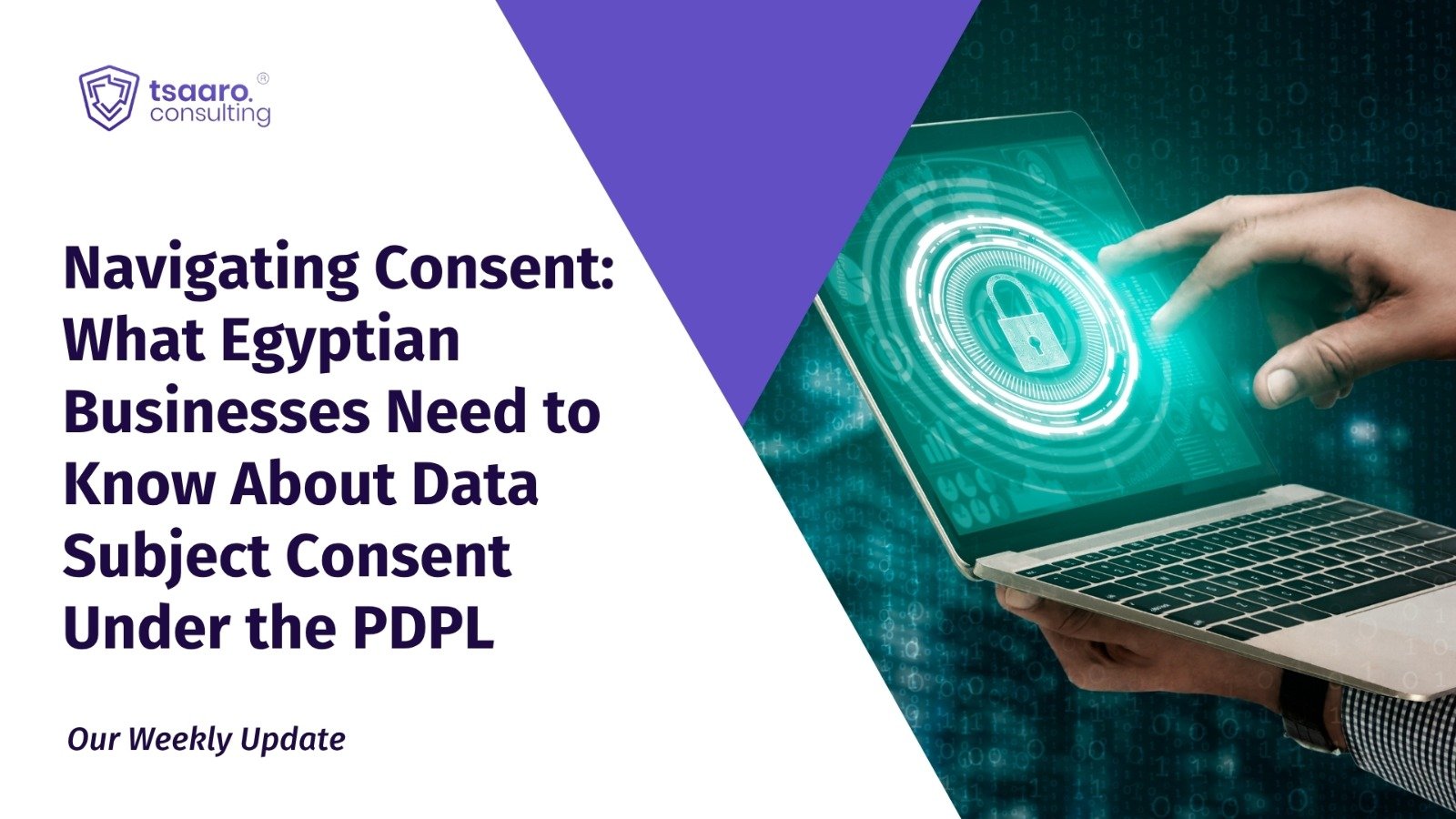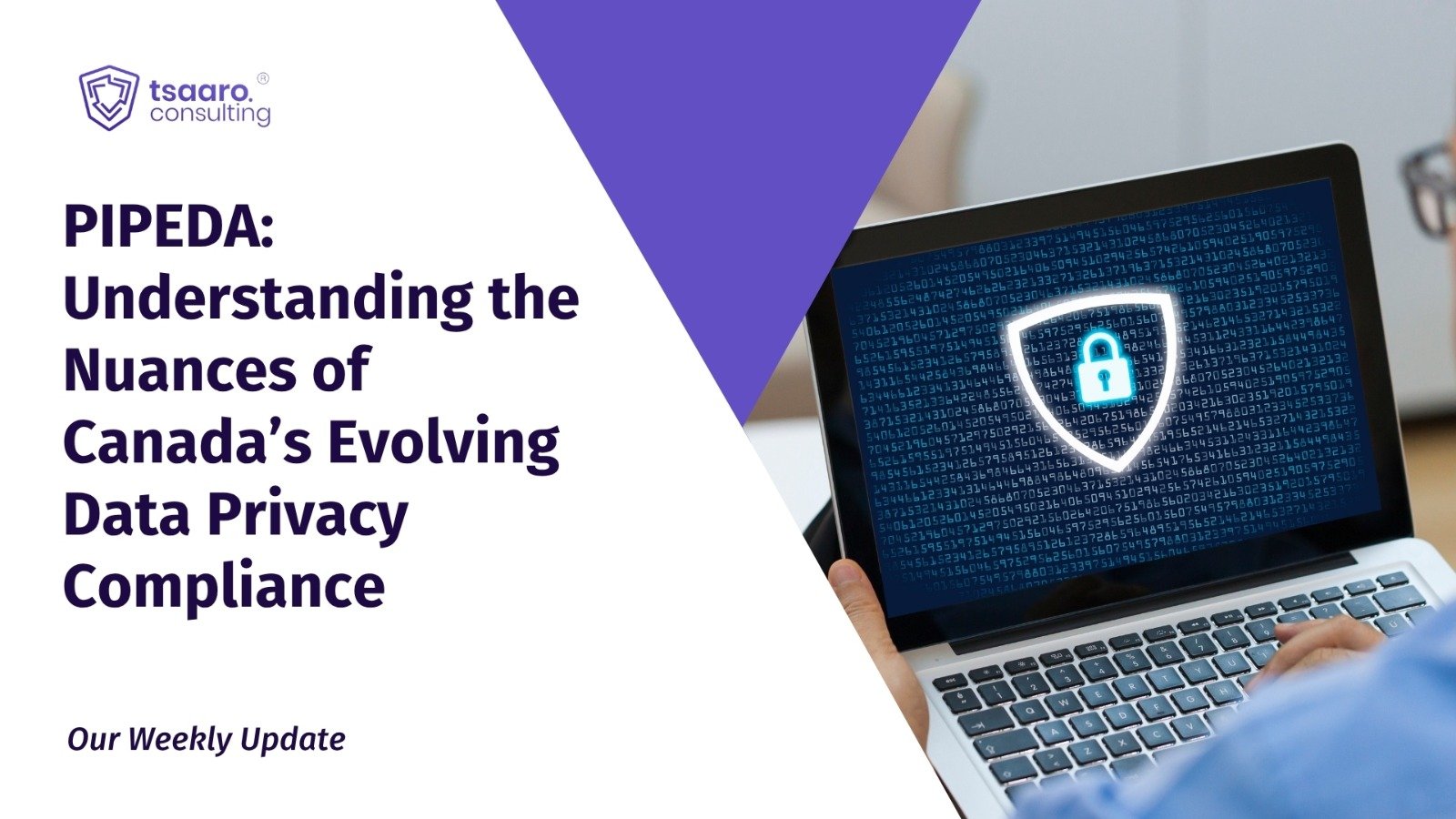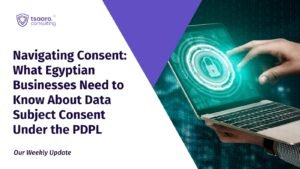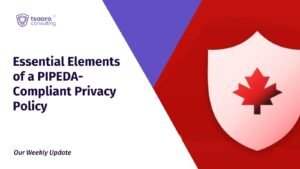I. Introduction
In recent years, data privacy has moved from being a back-office concern to a boardroom priority and for good reason. In 2024 alone, Australia witnessed over 1,100 data breaches reported to the national privacy regulator. This marked the highest number of incidents since mandatory reporting began in 2018, sending a clear message: protecting personal information is no longer just a regulatory formality it’s a business imperative.
As our everyday lives become increasingly digital, more of our personal information is being shared, stored, and processed by organizations than ever before. Whether it’s through online shopping, telehealth consultations, social media, or financial transactions, our data travels constantly and with it comes the risk of misuse, loss, or unauthorized access. At its core, data privacy is about giving individuals control over their personal information. It means knowing what data is being collected, why it’s being used, who it’s being shared with, and how it’s being safeguarded. For individuals, strong privacy protections offer peace of mind. For organizations, they provide the foundation for customer trust and help avoid the significant penalties that can follow a data mishap. Australia’s primary law governing this space is the Privacy Act 1988 (Cth). Anchored by the Australian Privacy Principles (APPs), it sets out how organizations must handle personal information responsibly and transparently.
II. The Cornerstone: Privacy Act 1988 (Cth) and Other Australian Regulations
At the federal level, the Privacy Act 1988 (Cth) stands as the cornerstone of Australia’s data protection landscape. Enacted in 1988 and subsequently amended over the years, this Act establishes comprehensive rules for the collection, use, disclosure, and handling of personal information. The Privacy Act created a set of binding principles (the Australian Privacy Principles, or APPs) that form the foundation of privacy compliance across both public and private sectors. It applies broadly (with some exemptions discussed later) and reflects Australia’s commitment to safeguarding personal data.
Australia’s privacy framework is not limited to the Privacy Act alone; it is supported by a mix of other federal and state regulations. Notably, the Act has been augmented by the Notifiable Data Breaches scheme, introduced via amendments in 2017. The NDB scheme mandates that organizations notify affected individuals and the regulator about serious data breaches. Beyond the Privacy Act, sector-specific laws bolster data protection in certain fields. For example, the My Health Records Act 2012 (Cth) governs the privacy of individuals’ digital health records, imposing strict requirements on how health information is stored and shared. In the financial services sector, regulators such as the Australian Prudential Regulation Authority and the Australian Securities and Investments Commission issue guidelines that emphasize data security and privacy compliance for banks and insurers. Furthermore, each Australian state and territory has its own privacy legislation applicable to state government agencies ensuring that privacy is protected at all levels of government. Collectively, these laws and regulations create a layered privacy landscape, with the federal Privacy Act 1988 at its core and various supplementary rules addressing specific data types or industry contexts.
Australian Privacy Principles (APPs):
At the heart of the Privacy Act 1988 (Cth) are the Australian Privacy Principles 13 binding rules that establish how personal information must be handled by public and private entities. These principles guide the entire data lifecycle, from collection and use to security, disclosure, and correction. Some of them include;
1) Transparency and Accountability- Entities must manage personal data in an open and transparent way. This includes maintaining a clear privacy policy and giving individuals the option to interact anonymously or using a pseudonym, where appropriate.
2) Collection of Personal Information- Organizations can collect personal data only if it is necessary for their functions or activities. Sensitive data such as health or biometric details requires explicit consent. Information must be collected lawfully and fairly, preferably directly from the individual. Unsolicited data must be assessed and destroyed or de-identified if not required.
3) Notification and Use/Disclosure- When collecting data, individuals must be informed of its purpose. Use or disclosure is generally restricted to that primary purpose unless the individual consents or a legal exception applies. For direct marketing, consent is required, and recipients must be offered a clear opt-out.
4) Data Quality and Security- Entities must take reasonable steps to ensure data is accurate, up-to-date, and secure. Strong technical and organisational safeguards such as encryption, access controls, and regular staff training must be implemented. When data is no longer needed, it should be securely destroyed or de-identified.
5) Access and Correction Rights- Individuals have the right to access their personal information and request corrections if it is inaccurate or outdated. Entities must facilitate these requests unless a lawful exemption applies.
6) Cross-Border Data Transfers- Before disclosing data overseas, entities must take reasonable steps to ensure the foreign recipient complies with comparable privacy standards. Unless an exemption applies, accountability for the data remains with the Australian organization.
7) Use of Government Identifiers- Private organizations are generally prohibited from adopting or using government-issued identifiers, such as Medicare or tax file numbers, as internal identifiers.
Adhering to these principles not only ensures legal compliance but also builds public trust and reduces the risk of data breaches.
III. Who Needs to Comply? Scope and Application
The Act casts a wide net, applying to various entities that handle personal information. It covers businesses with an annual turnover of more than $3 million AUD. However, size is not the only determinant. The Act also applies to small businesses operating within specific sectors deemed to handle sensitive information or engage in particular activities, such as health service providers and credit reporting bodies. All Australian Government agencies, regardless of size or function, are subject to the Act. Furthermore, any organization that trades in personal information, meaning they collect personal information for the purpose of selling or disclosing it to others for a benefit, must comply, irrespective of turnover.
Some key exemptions exist, these include employee records held by an employer, acts done outside Australia by an individual or small business that don’t collect or hold personal information in Australia, and political acts. The reach of the Privacy Act extends beyond Australia’s borders. Organizations located outside of Australia must comply if they collect or hold personal information about Australian individuals. This ensures that Australian citizen’s privacy is protected even when their data is handled by overseas entities that offer goods or services to them or have an Australian link.
IV. Key Obligations and Responsibilities
- Fair and Lawful Collection: Australian privacy law requires that personal information be collected by fair and lawful means. Organizations should only gather personal data that is reasonably necessary for their functions or activities and must do so transparently. Individuals have a right to know why their information is being collected and how it will be used, typically through clear privacy notices or collection statements. Consent plays a key role, especially for sensitive information where explicit permission is generally required by law.
- Data Security: Keeping personal data secure is critical. Organizations are legally obliged to protect the personal information they hold from misuse, loss, or unauthorized access. The Privacy Act calls for reasonable steps to safeguard data. This includes implementing strong security measures. Employee training is also essential. Staff should be educated on privacy policies and taught how to handle data safely to prevent leaks.
- Mandatory Breach Notification (Notifiable Data Breaches scheme): Even with strong security, breaches can happen. Australia’s law includes a Notifiable Data Breaches scheme that compels organizations to report certain serious breaches. If personal information is lost or disclosed without authorisation and a reasonable person would conclude this is likely to result in serious harm to individuals, it qualifies as an eligible data breach. In such cases, the organization must notify both the Office of the Australian Information Commissioner and the affected individuals. The notification outlines what happened, what information was involved, and recommendations for individuals.
- Direct Marketing Rules: Using personal information for marketing has rules. Organisations must not use or disclose someone’s personal details for direct marketing unless conditions are met. This usually means they need the individual’s consent or a reasonable assumption that the person would expect such marketing. Every marketing communication must include an unsubscribe option. If the information involved is sensitive, an organization cannot use it for direct marketing without explicit permission.
- Cross-Border Data Transfers: Australian companies often send or store personal information overseas. The Privacy Act holds organizations accountable for what happens to personal data once it leaves Australia. If an organization transfers personal information outside Australia, it must take reasonable steps to ensure the overseas recipient will handle that information in line with Australian privacy standards. This could involve working only with foreign partners that have similar privacy laws or using contracts to ensure data protection. The Australian company will usually remain accountable for the data.
- Individual Rights: Access and Correction: Privacy law also empowers individuals with rights over their own data. Chief among these are the rights of access and correction. If you want to know what personal information a company or agency holds about you, the Privacy Act gives you the right to ask. You also have the right to request corrections if the information is inaccurate, outdated, or incomplete. Organizations must take reasonable steps to fix mistakes in the data they hold.
V. Enforcement and Penalties
Australian data privacy law is backed by active enforcement mechanisms and the potential for significant penalties in cases of non-compliance. Oversight is primarily entrusted to the Office of the Australian Information Commissioner, an independent regulator that monitors and enforces the Privacy Act. The Information Commissioner has broad authority to investigate suspected violations of the Act can occur in response to complaints lodged by individuals, or proactively through own-motion investigations initiated by the Commissioner. During an investigation, the OAIC can compel organizations to provide information and may examine whether proper practices and systems are in place. If a breach of the law is found, the Commissioner can issue a determination that may include requiring the organization to take specific remedial actions, apologize to affected individuals, or improve its practices. In serious cases, the OAIC can seek enforceable undertakings from organizations and, importantly, can apply to the Federal Court for civil penalty orders. Enforcement notices and directions can also be issued, mandating organizations to correct deficiencies in their privacy compliance.
The consequences for organizations that breach the Privacy Act have grown markedly tougher in recent times. In late 2022, following several large-scale data breaches in Australia, legislation was passed to substantially increase the maximum penalties for serious or repeated privacy infringements. Under the revised penalty regime, an entity that commits a serious breach of privacy can face fines up to the greater of AUD $50 million, three times the value of any benefit obtained through the misuse of information, or 30% of the company’s adjusted annual turnover. This is a dramatic rise from the previous penalty caps and aligns privacy penalties with those seen in competition law and other regulatory areas. The intent is clear: non-compliance with data privacy requirements can carry severe financial consequences, significant enough to impact even large corporations’ bottom lines.
In addition to these financial penalties, recent amendments have expanded the powers of the OAIC to enhance enforcement. The Commissioner now has greater ability to conduct assessments of entities’ privacy compliance and to issue infringement notices for certain failures to cooperate or to provide information, rather than having to resort immediately to court proceedings. The Notifiable Data Breaches scheme has also been strengthened to ensure that the Commissioner is kept informed about the scope of serious breaches. These enhancements mean that organizations are more likely than before to be caught and held accountable if they neglect their privacy obligations.
Finally, it’s worth noting that beyond regulatory fines, reputational damage and business consequences often follow a privacy lapse. Enforcement actions are typically public, and a serious privacy breach can erode customer trust, invite negative media coverage, and even trigger class action lawsuits or compensation claims in some instances. In today’s environment, the public and business partners expect organizations to safeguard personal data rigorously.
VIII. Conclusion
Understanding and implementing Australia’s data privacy laws may appear multi-layered, but the key principles like fair collection, strong security, breach notification, responsible marketing, and respect for individual rights offer a clear foundation for protecting personal information. Compliance is more than a legal formality. It builds trust and reduces the risk of harm.
For businesses, strong privacy practices signal responsibility and integrity. For individuals, knowing your rights offers control and clarity. As technology advances, privacy risks grow, prompting legal reforms including stricter penalties and stronger safeguards. Both organizations and individuals must remain alert. Protecting privacy today helps ensure a secure, ethical, and trustworthy digital future for all.
If your organization is handling copious amounts of personal data, do visit www.tsaaro.com for guidance on privacy compliance and risk management.










